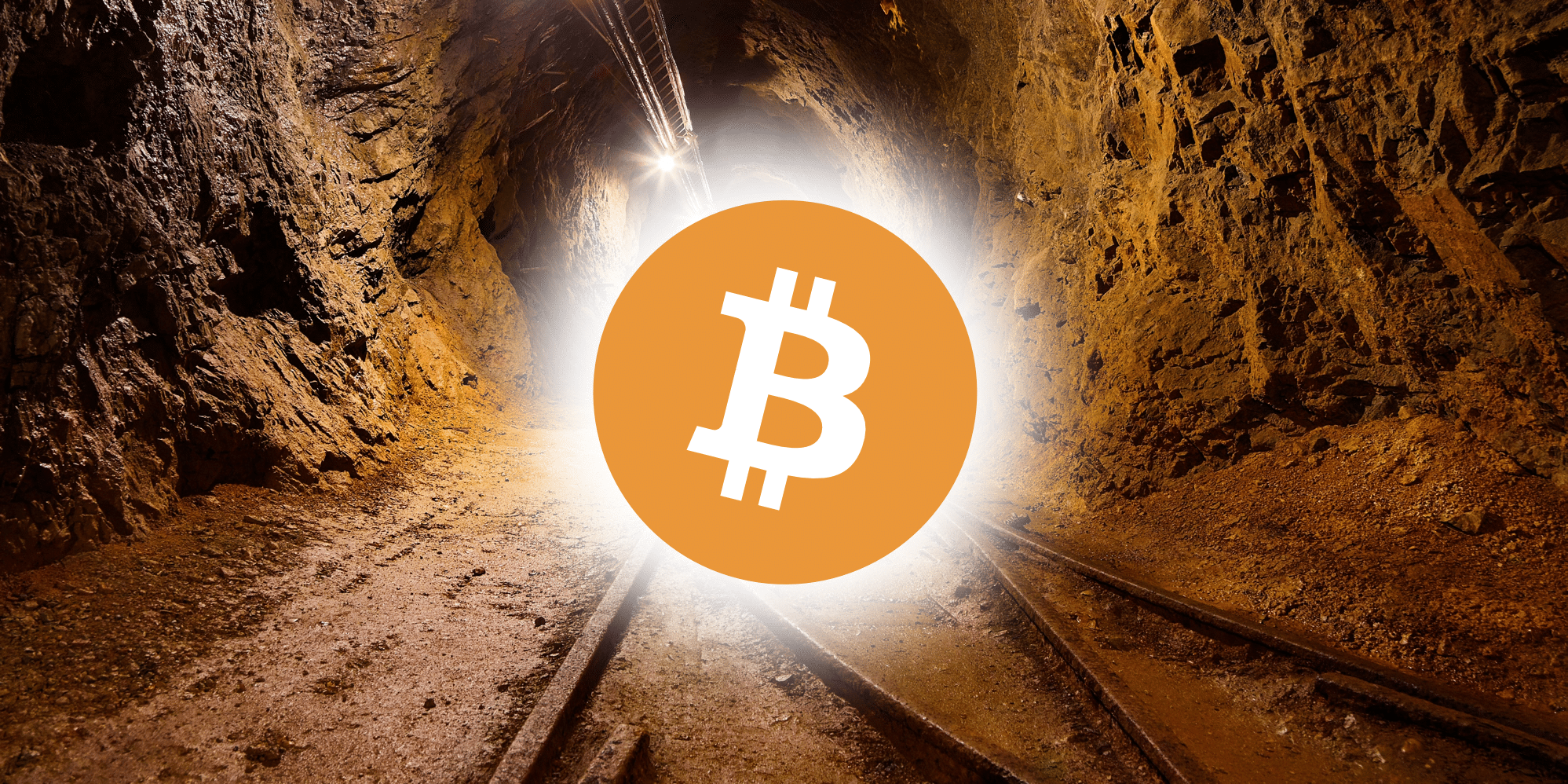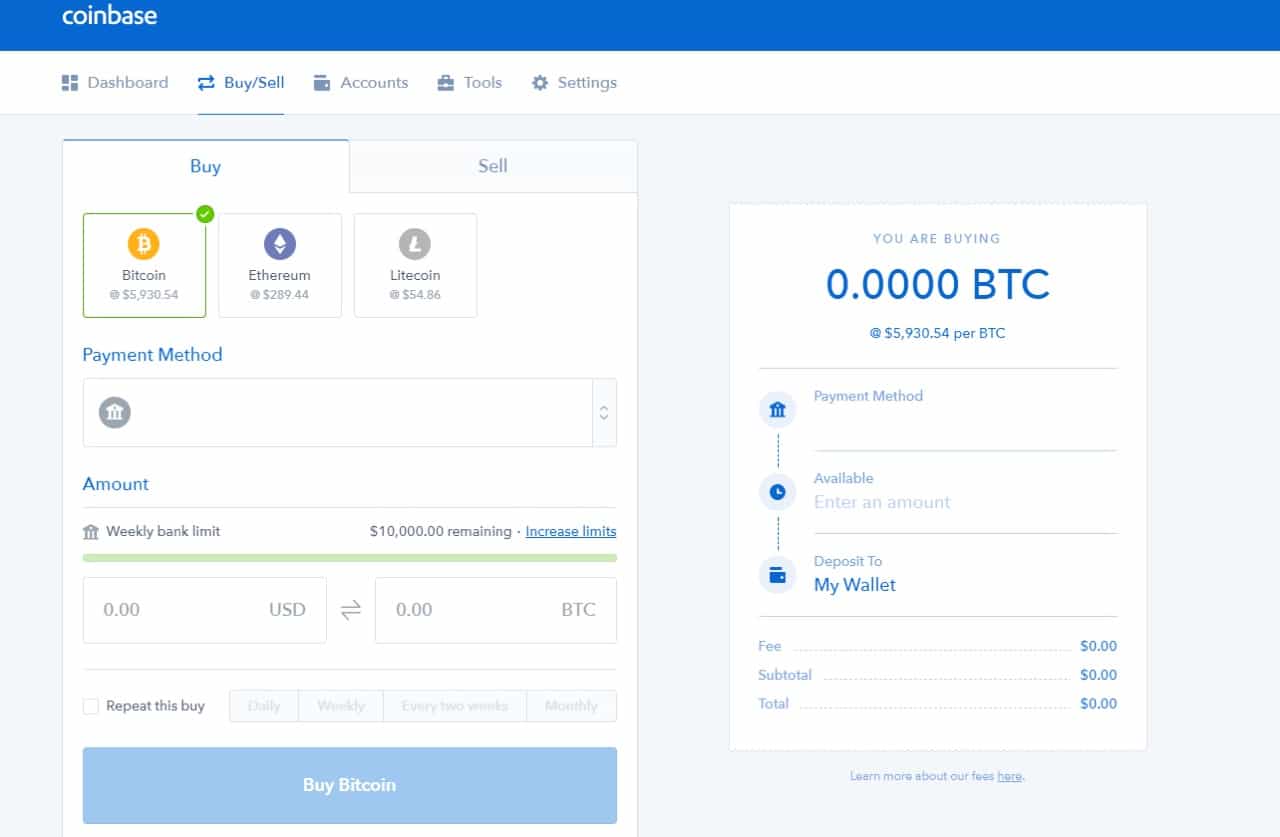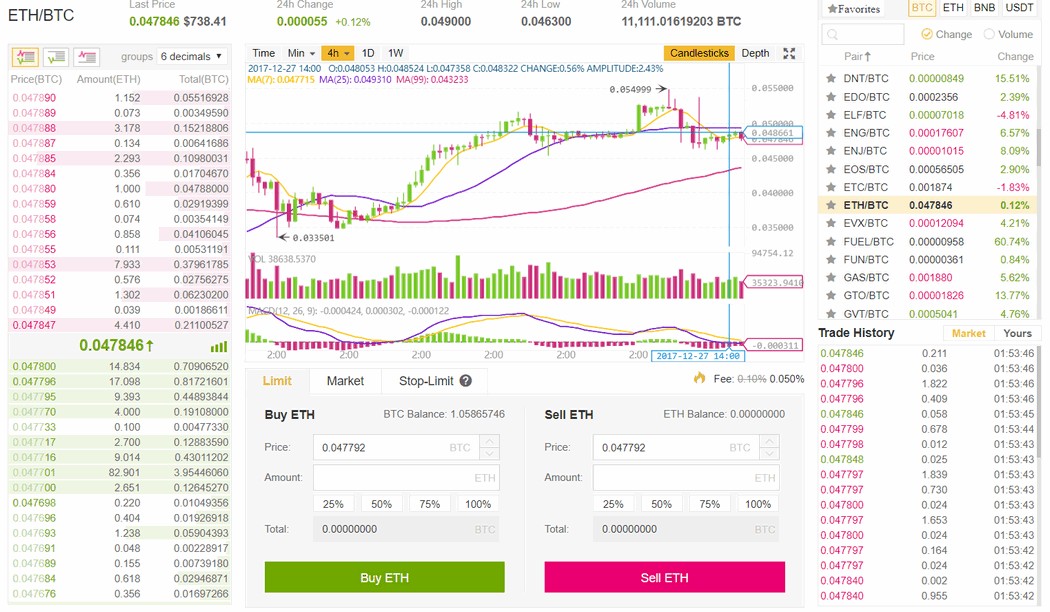Coinbase vs Binance
If you’re new to the cryptocurrency space, it’s possible that the only exchanges that you’ve heard of are Coinbase and Binance. Coinbase is the go-to platform for beginner investors while Binance has quickly become the largest cryptocurrency exchange even recently surpassing Deutsche Bank in profitability.
Both exchanges are suited for different purposes, and you should view them as complementary rather than competitors. In this Coinbase vs Binance review, we’ll provide all the information you need to figure out which exchange is better for you (if not both).
We’re going to cover:
- Funding Methods
- Interface
- Trading Fees
- Available Cryptocurrencies
- Transfer Limits
- Company Trust
- Fund Security
- Customer Support
Coinbase vs Binance: Key Information
| Exchange |  |
|
|---|---|---|
| Reviews | ||
| Site Type | Easy Buy/Sell Methods | Cryptocurrency Exchange |
| Beginner Friendly | ||
| Mobile App | ||
| Buy/Deposit Methods | Debit Card, Bank Transfer, Cryptocurrency | Cryptocurrency |
| Sell/Withdrawal Methods | Bank Transfer, Cryptocurrency | Cryptocurrency |
| Available Cryptocurrencies | Bitcoin, Ethereum, Litecoin, Bitcoin Cash | Bitcoin, Ethereum, Litecoin, Bitcoin Cash + >100 more coins |
| Company Launch | 2012 | 2017 |
| Location | San Francisco, CA, USA | Malta |
| Community Trust | Great | Great |
| Security | Great | Great |
| Customer Support | Good | Good |
| Verification Required | Yes | No |
| Fees | Medium | Very Low |
| Site | Visit Coinbase | Visit Binance |
Funding Methods
Coinbase has significantly more options to fund your account than Binance does.
On Coinbase, you can deposit money and/or buy cryptocurrency via ACH transfer, debit card, or wire transfer. You can also deposit supported cryptocurrencies – currently Bitcoin, Ethereum, Litecoin, and Bitcoin Cash.
Binance is purely a cryptocurrency exchange, so you’re only able to fund your account with cryptocurrency. For this reason, many traders will first buy either Bitcoin or Ethereum on a platform like Coinbase or another fiat exchange and transfer it to Binance to get other coins.
Interface
The Coinbase team designed their interface with the novice investor in mind. Unlike more complicated trading platforms, you don’t have options for margin trading or even market/limit orders. You just have simple buy and sell options.
This is great if you’re just starting out or using Coinbase as a stepping stone to another platform. However, if you’re the type interested in including technical analysis (TA) in your trades, you may want to look elsewhere.
On the other hand, Binance is better suited for more experienced traders. The exchange does include both a “Basic” and “Advanced” platform, though, so you shouldn’t be intimated to try it out if you’re new.
The Basic view gives you all the standard options of a trading platform (order books, charts, trade history) while the Advanced view gives you some more analysis tools.
As mentioned earlier, a solid strategy is to quickly buy a coin on Coinbase for the purpose of transferring it to Binance to do more extensive trading.
Trading Fees
Binance blows Coinbase out of the water when it comes to trading fees. Coinbase fees vary based on the buying method but typically range between 1.49% and 3.99%. Investments under $200 could bring you even higher fees as well.
Binance has some of the lowest fees out of all the exchanges at 0.1% per trade. Additionally, this fee is cut in half when you pay using the Binance coin, BNB.
Available Cryptocurrencies
Binance has a much larger coin selection than Coinbase.
Currently, Coinbase just supports Bitcoin, Ethereum, Litecoin, and Bitcoin Cash. The team has announced, though, that they plan to add ERC20 tokens to the platform soon.
Binance includes the same coins as Coinbase in addition to over 100 more. The list of other coins includes, but isn’t limited to:
The coins on Binance are in trading pairs with either Bitcoin, Ethereum, Binance, and/or Tether.
[thrive_leads id=’5219′]
Transfer Limits
On Coinbase, your buying history, account age, and verification level determine the maximum amount you can transfer into and out of your account in one week. With a verified U.S. account, you shouldn’t have any trouble getting a weekly limit of $5,000 for bank account purchases and $50 for card purchases. For the most part, the withdrawal limit is much higher than the deposit limits.
Coinbase deposits using a bank account generally take 4-5 business days, and card deposits are instant. Withdrawals can take anywhere from 2 to 4 business days.
Binance is more lenient with its limits. There’s no limit to the amount you can deposit, and your withdrawal limit is based on your verification tier:
- Non-verified: 2 BTC daily limit
- Verified: 50 BTC daily limit
The verification process includes sending in some personal information and proving photo identification.
Company Trust
Both Coinbase and Binance receive an immense amount of trust and respect from the cryptocurrency community.
Coinbase is a US-based company that has adhered to all proper regulations since its founding. The platform has over 10 million users and has exchanged over $50 billion worth of digital currency. They also have the backing of investors like Andreessen Horowitz and the New York Stock Exchange.
Binance CEO Zhao Changpeng is known for his transparency no matter which situation Binance is in. Whether it’s hack attempts, platform outages, or rumor allegations, Changpeng keeps users informed over email and Twitter. That’s just one of the reasons why the exchange currently boasts the largest trading volume of any other cryptocurrency exchange.
#Binance has verified all listed ERC20 tokens are not affected by the Batch or Proxy Overflow Bugs. Thank you @Quantstamp for your assistance in keeping Binance the most secure exchange by efficiently auditing all ERC20 tokens listed.
Read more on Medium: https://t.co/ikfuwYWtI8
— Binance (@binance) April 30, 2018
Fund Security
Your funds are safe on both Coinbase and Binance.
The U.S. dollar funds you store on Coinbase are covered by FDIC insurance up to $250,000. Additionally, the exchange stores 98% of users’ digital assets in offline storage with the remaining 2% being insured. Even in the event of a data breach, that insurance is enough to recoup all lost funds.
Even though security information is not readily available on their website, Binance has proven time and again that it’s a top priority. Recently, some Binance users fell victim to a phishing/API attack. The Binance team suspended withdrawals immediately upon noticing suspicious activity which stopped the hackers in their tracks. After thwarting the bad parties, they reversed the appropriate trades and returned users’ funds.
That being said, it’s still recommended to keep your funds off an exchange and in a wallet to gain an extra layer of security.
Customer Support
The customer support on both platforms has been historically slow compared to traditional companies due to the rapid growth of the cryptocurrency industry. This seems to be changing, though.
Coinbase recently added a customer service phone number. Although email responses can still take over a week, getting through on the phone line is quick and easy.
Binance also has a backlog of support tickets, but the team is communicative on both Reddit and Twitter in helping users fix the issues that they have.
Coinbase vs Binance Conclusion
Both Coinbase and Binance are reputable exchanges that excel in different areas. And, they easily complement one another.
Coinbase is perfect if you’re a beginner or want a quick way to purchase coins to transfer to other exchanges. This comes with a higher price tag, though.
Binance is ideal to purchase a wide array of coins for minimal fees. Its more complex interface also gives you more information for you to make TA-based trades.
(See CoinCentral’s Full List of Crypto Exchange Reviews)
More Coinbase Comparisons
Never Miss Another Opportunity! Get hand selected news & info from our Crypto Experts so you can make educated, informed decisions that directly affect your crypto profits. Subscribe to CoinCentral free newsletter now.












